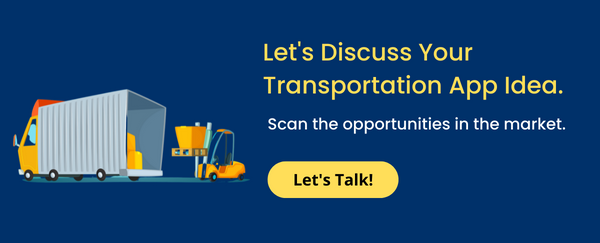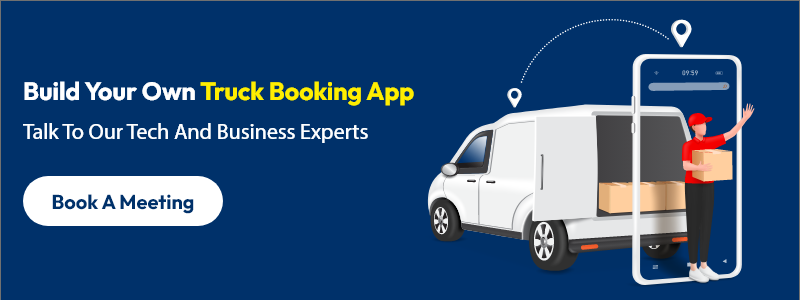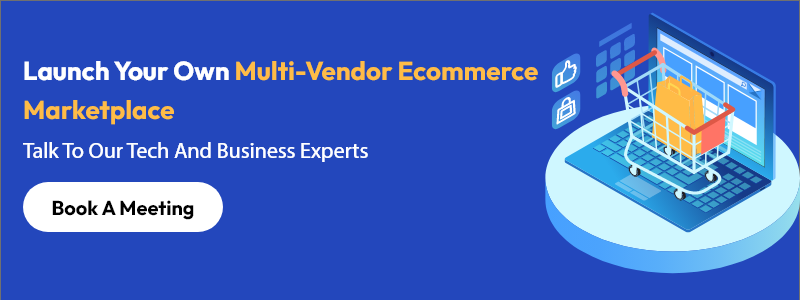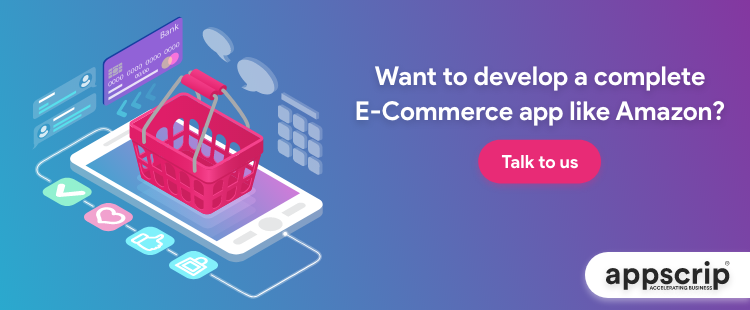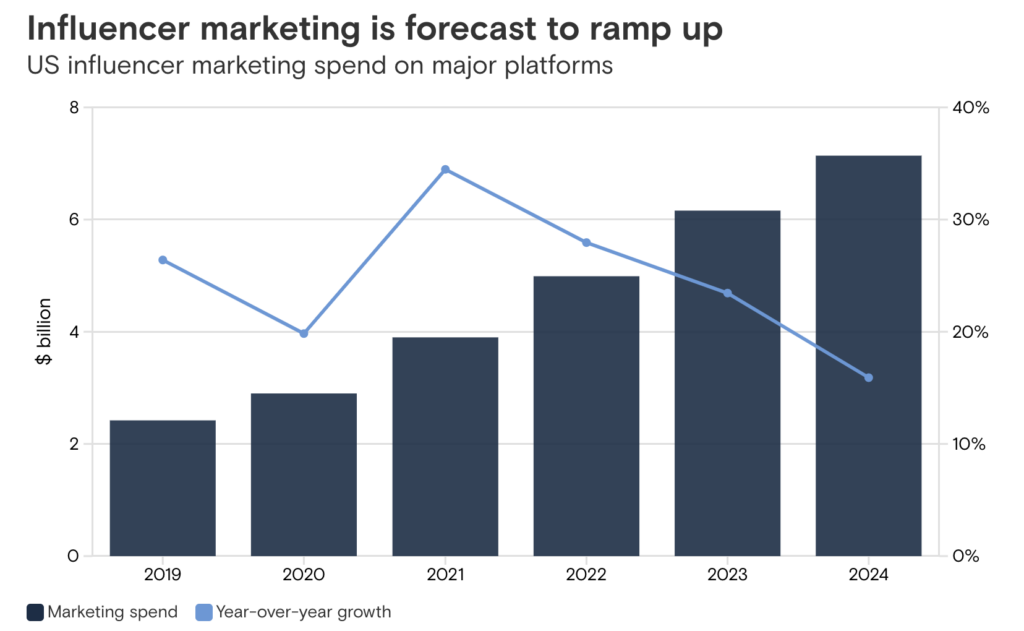In today’s fast-paced world, where every aspect is measured against time, a logistics mobile app can be a game-changer. For businesses looking to streamline their operations and provide better customer experiences. However, the success of a logistic app hinges not only on its functionality but also on how effectively you launch and promote it.
This blog will guide you on how to launch and promote a logistics mobile app, ensuring its success in a highly competitive market.
Mobile apps offer a plethora of benefits and advantages to the logistics industry. They help in real-time tracking, streamline communications, reduce manual errors, enhance operational efficiency, and improve customer satisfaction. A well-designed logistics app can increase transparency, reduce transit times, and optimise resource utilisation.
Market Research and Analysis
Before diving into development, conduct a thorough market research to understand current industry trends, pain points, and customer expectations. Analyse existing logistics apps to identify gaps and areas of improvement. This will provide insights to guide your app’s USP.
- Identify target audience and their needs.
Identify your target audience – shippers, carriers, drivers, or a combination of these. Understand their pain points and requirements to personalise your app’s features accordingly. For instance, shippers could prioritize real-time tracking, while drivers may value route optimisation.
- Analysing competitors’ apps for insights
Study your competitors’ apps to gather insights into their strengths and weaknesses. Analyse user reviews to identify what users appreciate and what they find lacking. This will help you refine your app’s features.
Defining App Features and Functionalities
Based on your research, outline the core features your logistics app, these could include real-time tracking, order management, route optimisation, communication tools, and analytics dashboards.
Listing essential features for logistics app
- Real-time tracking and tracing of shipments
- Efficient order management system
- Shippers can enter budget
- Truck details, fare estimation, payment from receiver
- Select commodity and packaging type
- Route optimisation and navigation
- Instant communication between stakeholders
- Analytics and reporting tools
- History of all loads
- Digital document management
Design and User Experience
Create an intuitive and user-friendly interface that caters to the needs of your users. Ensure that the design is consistent with your brand’s identity to enhance recognition.
- Incorporate branding elements into the app design
Infuse your app’s design with your brand’s visual elements, such as logo, colour palette, and typography. This creates a cohesive user experience that resonates with your brand.
Technology and Development
Choose the Right Platform (iOS, Android, or Both)
Select the platform(s) based on your target audience’s preferences. Both iOS and Android platforms have their own user base, so consider launching on both for wider reach.
- Selecting development tools and frameworks
Choose development tools and frameworks that align with your team’s expertise and project requirements. Frameworks like React Native or Flutter are great for cross-platform development.
Development Phase
Agile Development Approach
Adopt an agile development approach to facilitate regular iterations, user feedback incorporation, and quicker adjustments to changing market dynamics.
- Regular testing and user feedback integration
Regularly test the app’s features and functionalities throughout the development process. Integrate user feedback to ensure that the app meets user expectations.
Backend and Database Integration
Integrate real-time data feeds for logistics tracking and ensure seamless synchronisation between the app and backend systems.
Payment and Security Integration
Implement secure payment gateways for seamless financial transactions. Ensure user data encryption and robust security measures to protect user privacy.
Testing and Quality Assurance
Conduct thorough functional testing to identify and rectify any bugs or glitches. Optimise app performance to ensure smooth user experiences.
Functional Testing
Continuously monitor and address bugs that arise post-launch. Regularly optimise the app’s performance to deliver a seamless experience to users.
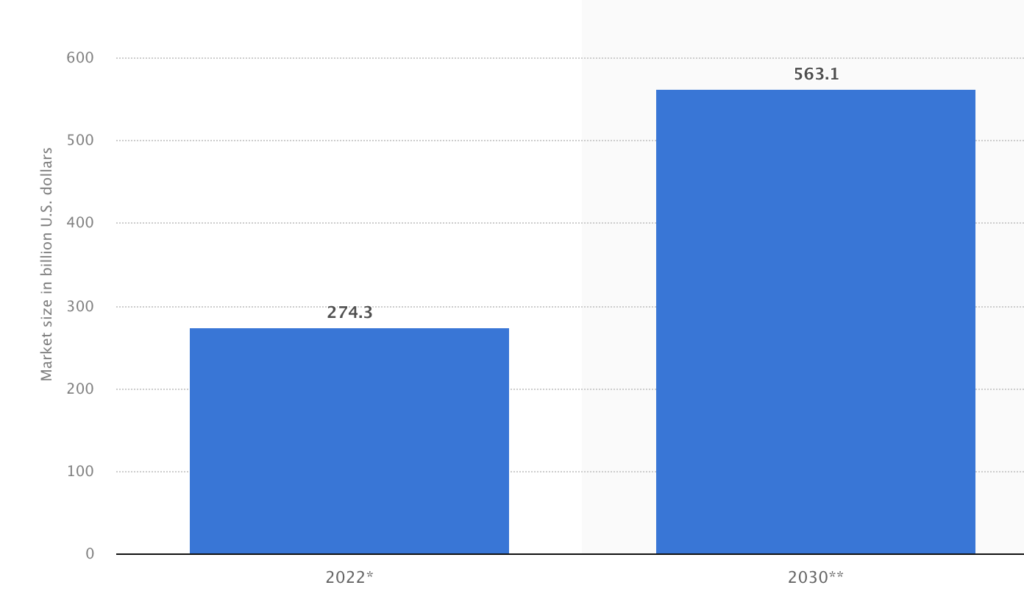
Launch Phase
The logistics industry is undergoing tremendous transformation as mobile apps have turned into indispensable tools for businesses to streamline operations, enhance customer experiences, and gain a competitive edge.
App Store Optimisation (ASO)
Optimise your app’s listing on app stores by using relevant keywords, captivating descriptions, high-quality visuals, and an enticing app icon. This will ensure your app ranks high in search results as well as attract more users.
Beta Testing and Soft Launch
Before the official launch, conduct thorough beta testing with a group of select users to identify and fix any bugs, glitches, or usability issues. A soft launch allows you to test your app in a real-world scenario with a smaller audience, gaining valuable insights and making necessary improvements.
- Engaging a group of initial users for testing
Involve a group of initial users who can provide feedback on usability, features, and overall experience. Their insights will help you refine the app and address any user pain points.
- Gradually expanding the user base for feedback
As you gain confidence in your app’s stability, expand the user base gradually. This approach allows you to manage any potential scalability challenges and gather diverse feedback from different user segments.
Marketing Collateral Preparation
Craft compelling marketing materials such as app explainer videos, infographics, and banners. Clear and concise materials can help potential users understand the value your app brings to the logistics industry.
Post-Launch Promotion
Implement a post-launch marketing strategy to maintain momentum. Utilise email marketing, blog posts, press releases, and partnerships to reach a wider audience and keep them engaged.
Social Media Marketing
Leverage various social media platforms to showcase your app’s features, benefits, and success stories. Engage with your audience by posting relevant content, responding to comments, and running targeted ads.
Influencer and Industry Partnerships
Collaborate with industry influencers and partners who can vouch for your app’s effectiveness. Their endorsements can significantly boost your app’s credibility and user trust.
Referral and Loyalty Programs
Implement referral programs that reward users for referring others to your app. Additionally, establish loyalty programs that incentivise users to keep using your app by offering exclusive benefits or discounts.
Data Analytics and Continuous Improvement
Regularly analyse user behaviour, engagement metrics, and performance data. Use these insights to identify areas for improvement and refine your app’s features accordingly.
Tracking App Performance
Monitor your app’s performance through analytic tools. Keep an eye on key performance indicators (KPIs) such as user retention, conversion rates, and app crashes.
Iterative Updates and Enhancements
Release frequent updates to address bugs, enhance existing features, and introduce new functionalities. This will prove to users that you are committed to improving their time on the app.
- Collecting user feedback for feature enhancement
Create channels for users to provide feedback directly within the app. Act on their suggestions to make informed decisions about feature enhancements and optimisations.
- Regularly update the app with new functionalities
Keep users engaged by consistently adding valuable features to your app. Regular updates demonstrate your dedication to innovation and cater to evolving user needs.
Conclusion: How to launch and promote a logistics mobile app
In conclusion, how to launch and promote a logistics mobile app requires meticulous planning, user-centric design, and a dedication so as to provide value to users. By following these steps, you can ensure a successful launch, gain a loyal user base, and position your app as a valuable asset in the logistics industry.
